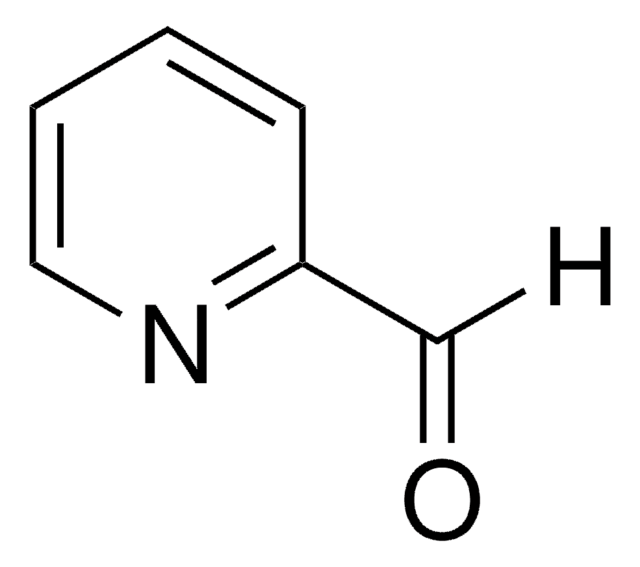637017
Bismuth(III) oxide
nanopowder, 90-210 nm particle size, 99.8% trace metals basis
Sinónimos:
Dibismuth trioxide
About This Item
Productos recomendados
description
beta
assay
99.8% trace metals basis
form
nanopowder
spherical
reaction suitability
reagent type: catalyst
core: bismuth
surface area
3.2-3.5 m2/g
particle size
90-210 nm
bulk density
0.5‑1.1 g/mL
SMILES string
O=[Bi]O[Bi]=O
InChI
1S/2Bi.3O
InChI key
WMWLMWRWZQELOS-UHFFFAOYSA-N
¿Está buscando productos similares? Visita Guía de comparación de productos
Application
- Characterization and Physical Properties of Nano-sized Bi2O3/Polymer: This research investigates the properties of bismuth(III) oxide nanoparticles within a polymer matrix, emphasizing energy and high-refractive index applications. It explores the potential of Bi2O3 in enhancing the performance of composite materials (A Alruwaili, AM El Sayed, 2024).
- Electroanalytical Performance Enhancement by Bismuth (III) Oxide: A study on incorporating bismuth(III) oxide nanoparticles into carbon ceramic electrodes to improve their electroanalytical capabilities, particularly for detecting pollutants in water (M Brycht et al., 2024).
- Visible Light Responsive Photocatalysts for Arsenic Remediation: This review highlights the role of bismuth-based photocatalysts, including bismuth(III) oxide, in the effective remediation of arsenic from water sources, underlining the photocatalytic capabilities of these materials (I Natali Sora et al., 2024).
- High-Performance Composites for Gamma-Ray Shielding: An investigation into fluoroelastomer composites filled with bismuth(III) oxide for their application in gamma-ray shielding, highlighting the material′s effectiveness in blocking radiation (SM Magnere et al., 2024).
Features and Benefits
Storage Class
11 - Combustible Solids
wgk_germany
nwg
ppe
dust mask type N95 (US), Eyeshields, Gloves
Elija entre una de las versiones más recientes:
¿Ya tiene este producto?
Encuentre la documentación para los productos que ha comprado recientemente en la Biblioteca de documentos.
Los clientes también vieron
Artículos
Innovation in dental restorative materials is driven by the need for biocompatible and natural-appearing restoration alternatives. Conventional dental materials like amalgam and composite resins have inherent disadvantages.
Nuestro equipo de científicos tiene experiencia en todas las áreas de investigación: Ciencias de la vida, Ciencia de los materiales, Síntesis química, Cromatografía, Analítica y muchas otras.
Póngase en contacto con el Servicio técnico












